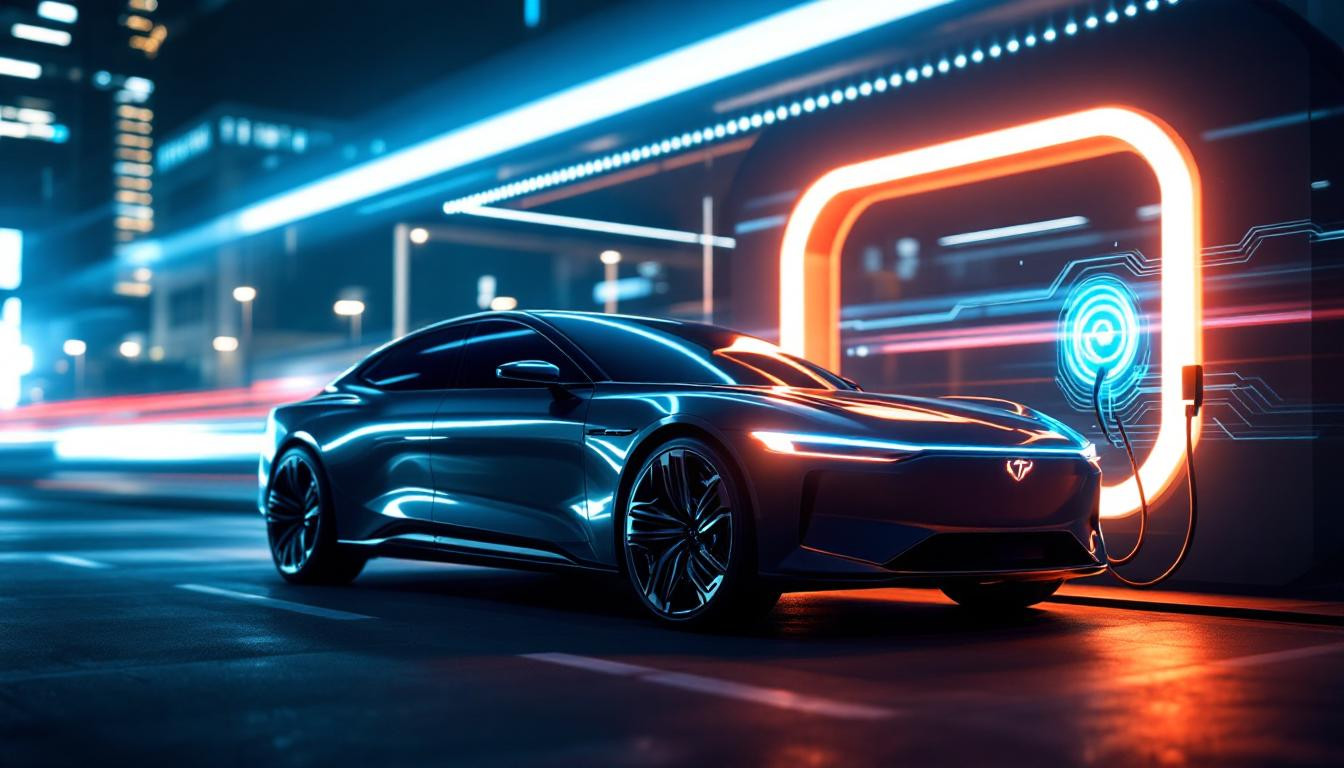Spring 2025 has brought a revolution in electric vehicle technology that could finally eliminate the most persistent barrier to EV adoption. The concept of 5-minute electric car charging is transitioning from science fiction to road-ready reality, potentially transforming how we think about electric mobility.
The breakthrough that’s rewriting the EV timeline
Chinese automotive giant BYD has unveiled its groundbreaking Super E-Platform technology, capable of delivering 400 kilometers (250 miles) of range in just five minutes. This technological leap represents a charging speed nearly three times faster than the current industry standard.
“This is the equivalent of pouring gasoline into your car’s tank,” explains Dr. Elaine Chen, electric mobility analyst at AutoTech Institute. “When consumers can ‘refuel’ their EVs in the same time it takes to fill up a gas tank, the psychological barrier of range anxiety effectively disappears.”
How the technology actually works
BYD’s system operates at an unprecedented 1,000 kW charging rate, utilizing a sophisticated 1,000V architecture paired with their proprietary Blade 2.0 batteries. The system’s silicon carbide power chips significantly reduce internal resistance, enabling these remarkable charging speeds.
“The engineering challenge wasn’t just building a battery that could accept this much power,” notes Wei Zhang, senior battery engineer at BYD. “It was creating an entire ecosystem that could safely handle these charging rates while maintaining battery longevity.”
Models leading the revolution
Two vehicles showcasing this technology have already launched in China:
- Han L sedan – Starting at $30,000 with 83.2 kWh battery capacity
- Tang L SUV – Offering up to 435 miles (701 km) of range
Infrastructure: The missing puzzle piece
For BYD’s ultra-fast charging technology to reach its full potential, a robust charging network is essential. Like the early challenges faced by autonomous vehicles, the hardware capability exists, but the supporting infrastructure lags behind.
BYD is addressing this by deploying over 4,000 flash-charging stations across China, with plans for international expansion following their new factory opening in Hungary.
The competitive landscape
This development places significant pressure on Western manufacturers. Tesla’s current superchargers top out at approximately 500 kW – half the capacity of BYD’s new system.
“BYD has effectively thrown down the gauntlet,” remarks Ryan Rohrman, CEO of Rohrman Automotive Group. “This technology fundamentally changes consumer expectations for EVs, and other manufacturers will need to respond quickly or risk losing market share.”
Consumer impact: Beyond convenience
Ultra-fast charging doesn’t just match gas refueling times – it creates new possibilities for EV skeptics to reconsider their positions:
- Long-distance travel becomes truly practical
- Commercial fleets can maximize operational time
- Apartment dwellers without home charging gain feasibility
The next frontier
While BYD leads in commercialization, academic research continues pushing boundaries. Purdue University researchers have developed cables supporting over 2,400 amperes, potentially enabling even faster charging as battery technology evolves.
This technological acceleration comes as autonomous driving also reaches new milestones, suggesting a future where self-driving vehicles could recharge themselves while passengers enjoy activities requiring deeper focus than multitasking allows.
Reality check: Limitations remain
Despite the excitement, challenges persist. Electric grid capacity requires significant upgrades to support widespread ultra-fast charging, and early adoption technology typically carries premium costs.
As we move through 2025, 5-minute charging has definitively crossed from myth to reality – but its widespread implementation remains a journey rather than a destination. The question isn’t whether electric vehicles will eventually match or exceed the convenience of gasoline vehicles – it’s simply a matter of how quickly the infrastructure can catch up to the technology.
